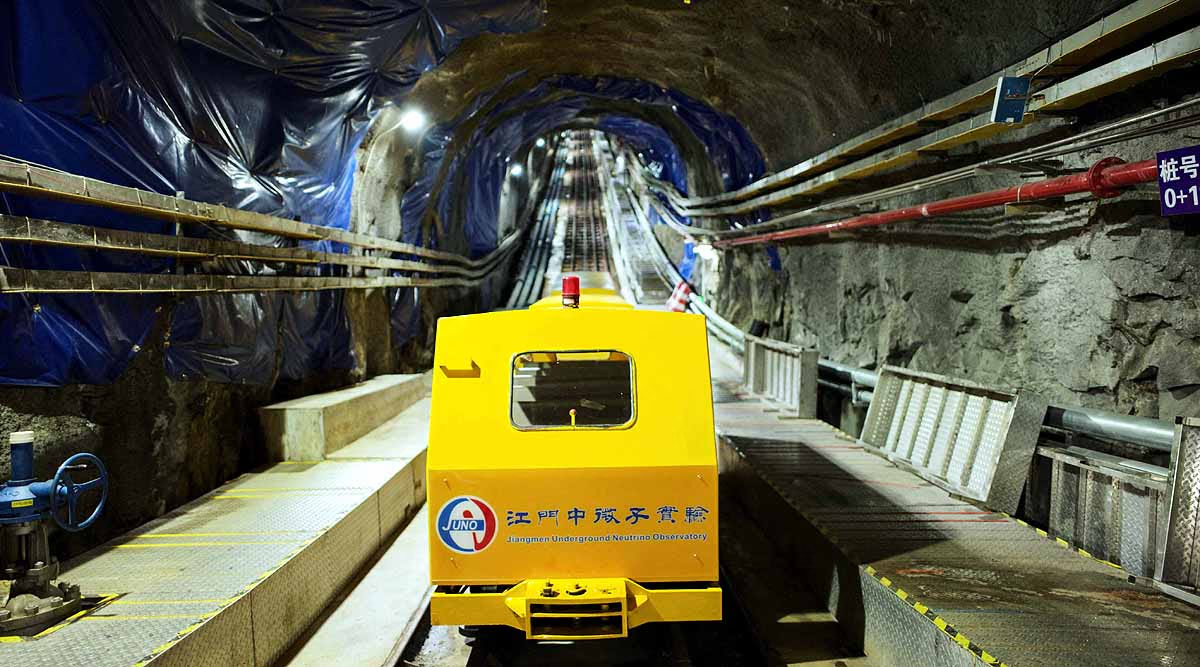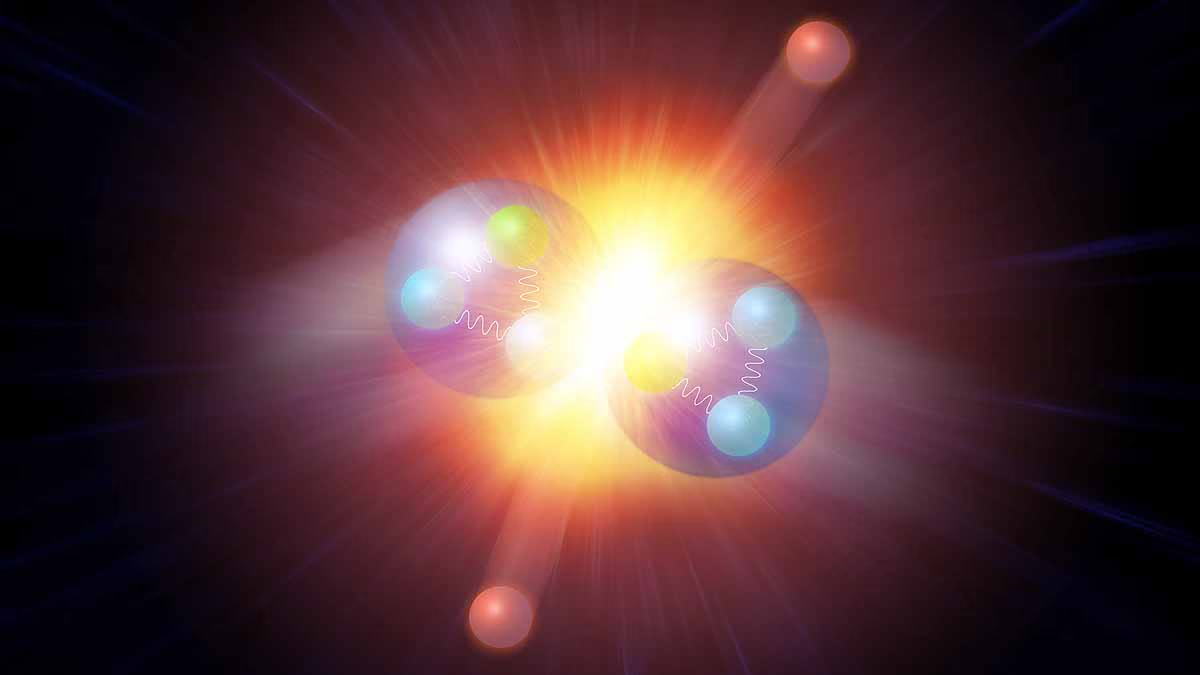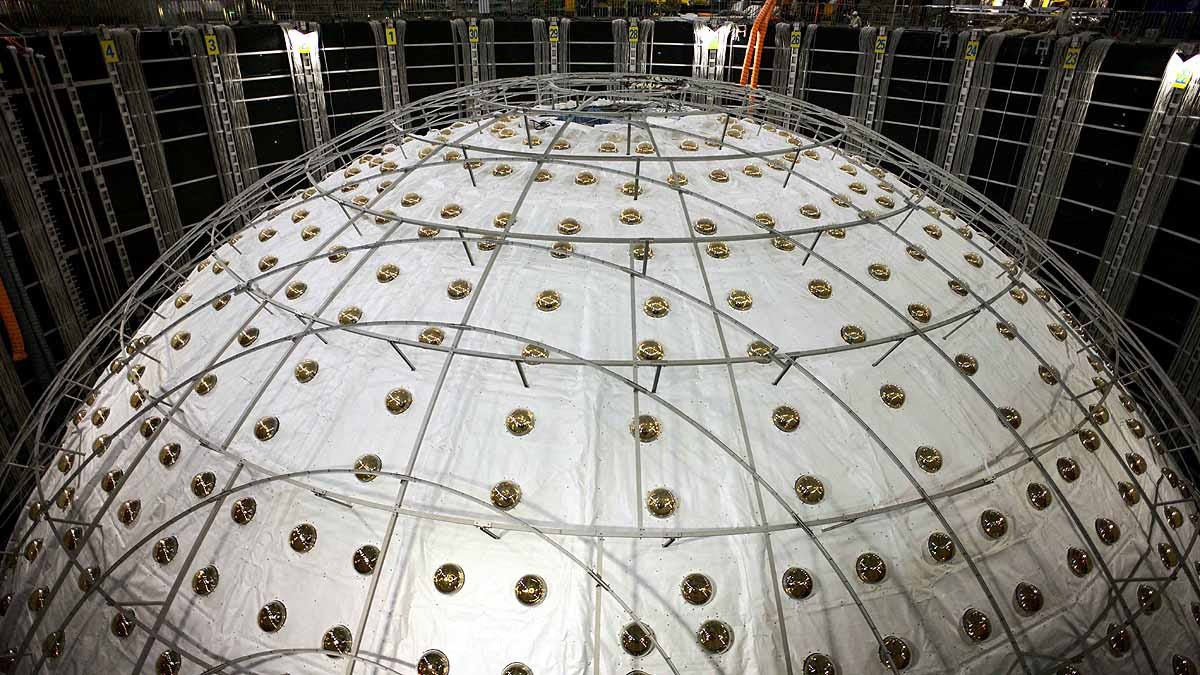Neutrino...
This word conjures memories of the 2009 Hollywood blockbuster 2012, a science fiction thriller directed by Roland Emmerich. The film depicted a world beset by natural disasters due to increased neutrino levels, where the hero, John Cusack, desperately seeks refuge for his family in China. Now, here's the real story...
China is set to undertake a groundbreaking experiment 2300 feet beneath the ground in Jiangmen, Guangdong province. This new endeavor is the Jiangmen Underground Neutrino Observatory (JUNO), where the most enigmatic particles of the universe, neutrinos, will be probed. Their behavior and impact will be scrutinized.

Source: aajtak
Deep within the earth, JUNO houses a massive sphere fitted with thousands of light-detecting tubes. Enclosed in a 12-story high cylinder filled with water, the observatory was built with an investment exceeding 300 million dollars, or over 2,521 crore rupees. Experimental activities are poised to commence soon.
First, let's understand: What are neutrinos?
Let’s simplify without delving into particle physics. Last year, in the Large Hadron Collider, scientists identified neutrinos as the world’s most potent and elusively mysterious particles. Neutrinos originate when an atomic nucleus breaks or merges with another. They are the drivers of the universe.

Source: aajtak
These subatomic particles are believed to be the source of cosmic genesis. Invisible and more numerous than any particles after photons, neutrinos are devoid of electric charge. As you read this story, billions upon trillions of neutrinos are passing through your body.
Neutrinos are almost weightless, essentially zero. Typically emitted during nuclear fusion, their creation is attributed to stars, planets, and supernova explosions, impacting planetary gravity. When neutrinos collide, they emit brilliant light.

Source: aajtak
What is China planning with them?
Within its JUNO lab, China will investigate both the lightest and heaviest neutrinos, aiming to discover how the universe was formed. Scientists worldwide, not just from China, are expected to congregate at this lab, strategically located near two Guangdong nuclear power plants. Here, the lab will study neutrinos emitted by these plants over a span of six years, possibly examining uranium and thorium radioactive decay.
JUNO is anticipated to be operational by the latter half of next year. Remarkably, it will surpass the scale of the Deep Underground Neutrino Experiment (DUNE) in the USA, which remains years from going online, managed jointly by Fermilab and LBNF.




